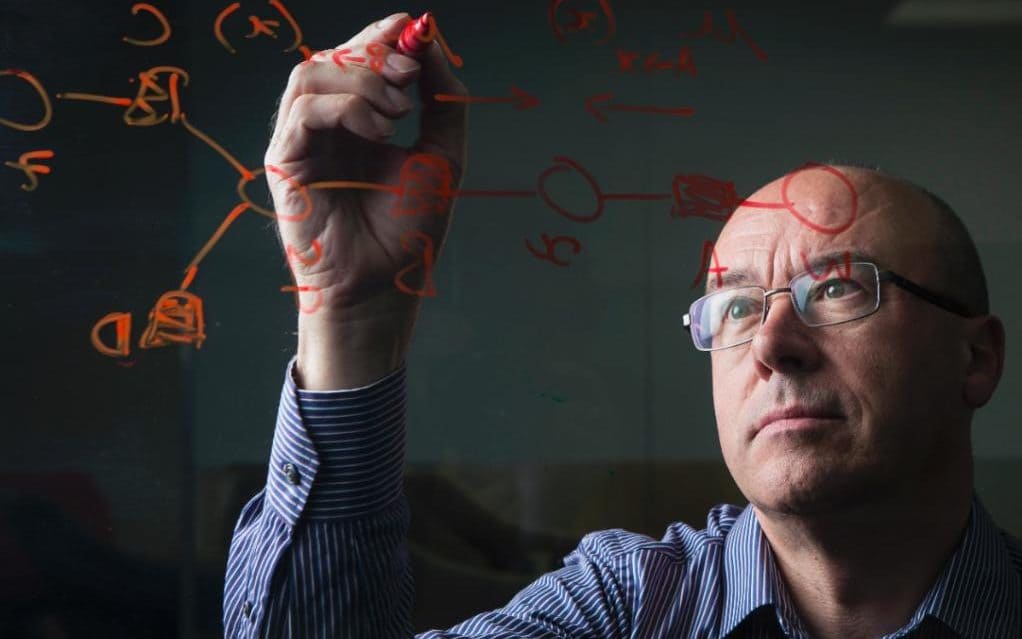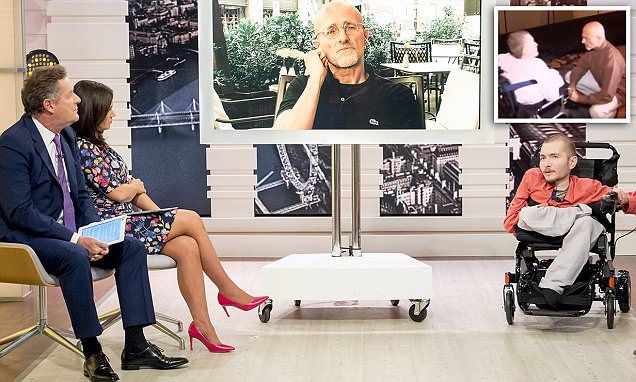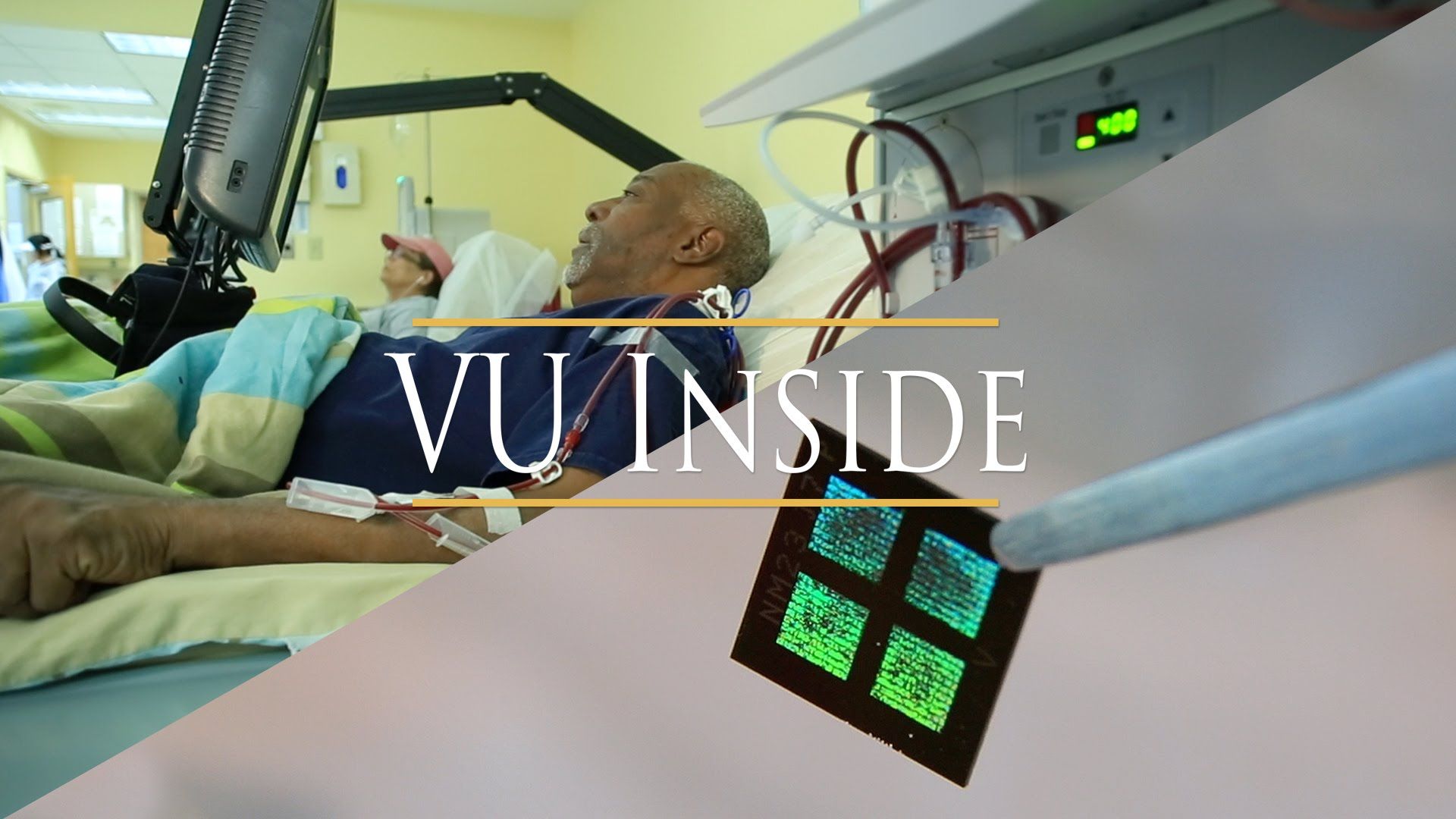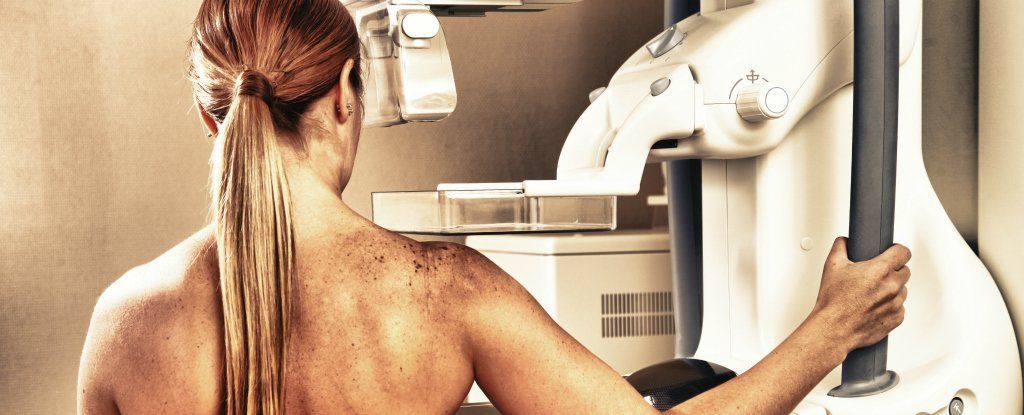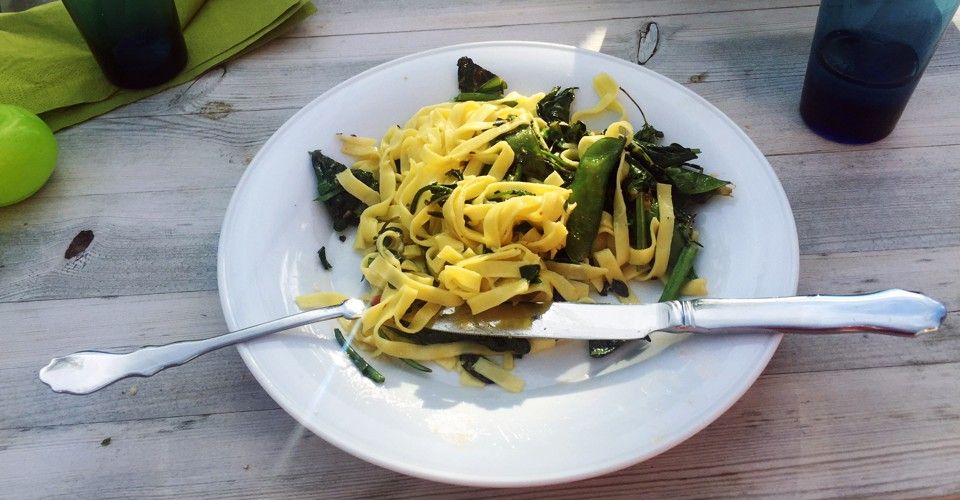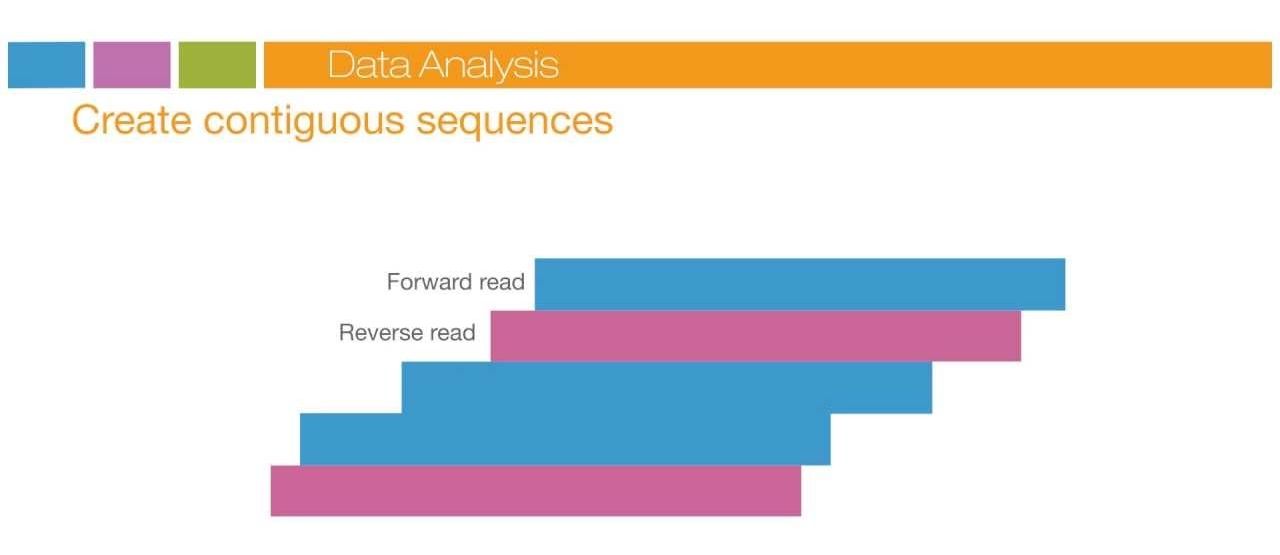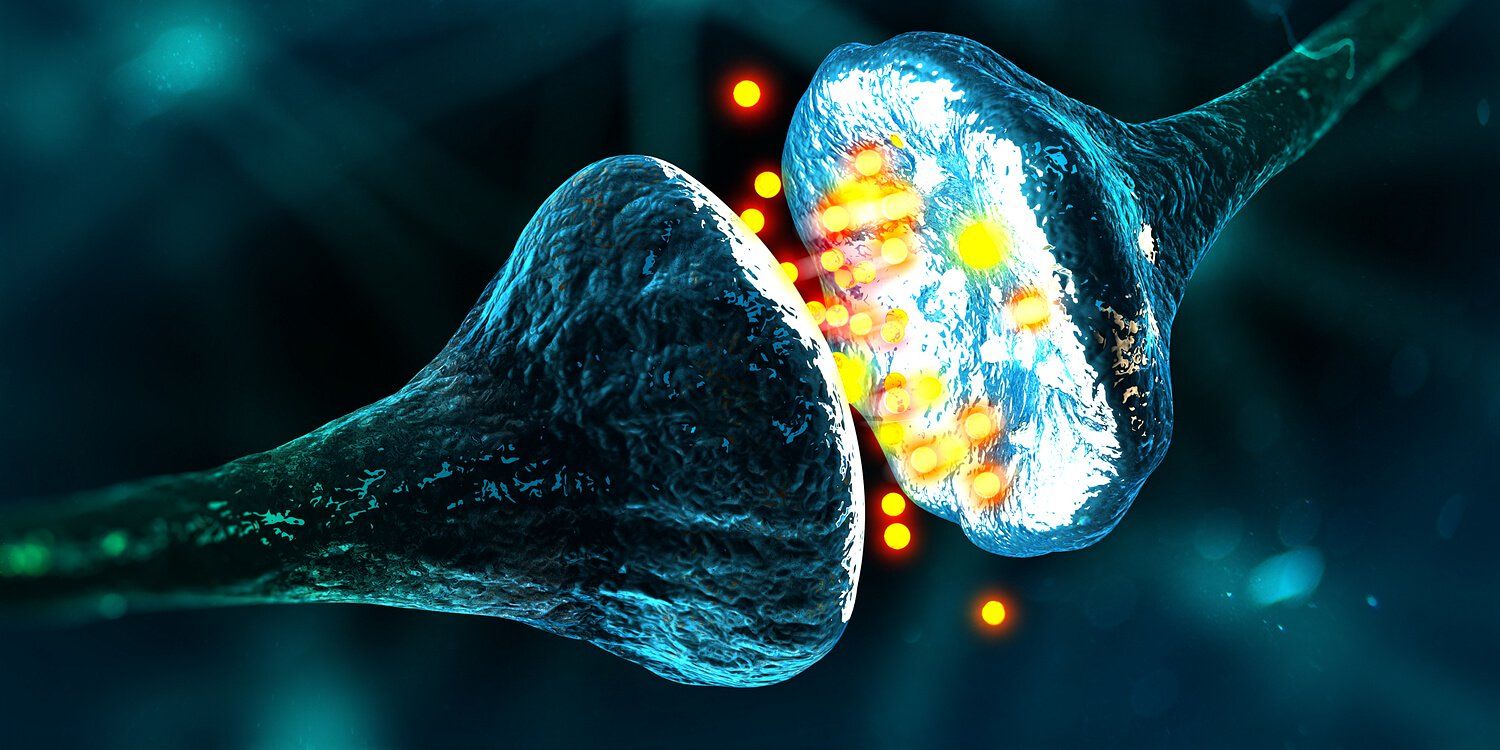In a World View opinion column published in Nature, a Case Western Reserve University School of Medicine researcher calls for animal-human embryo research to proceed — but only with strong animal protections in place. So-called “chimera” research raises the hope of producing human organs in genetically modified large animals, such as pigs and sheep, offering a potential solution to the persistent shortage of human organs for transplantation.
Insoo Hyun, PhD, associate professor of bioethics, urges such research to proceed only after “knowing the right and wrong ways to treat sentient beings according to complexities of their attributes.”
Hyun’s recommendations appear in the journal’s September 15th issue and come a week after the National Institutes of Health closed a month-long public comment period on proposed new regulations, widely expected to be adopted, that would lift a moratorium that currently forbids federal funding for chimera embryo research.
